Through the valleys and mist, so shall the light be carried by wolves under the guise of men.
Don't wanna be here? Send us removal request.
Photo










Character-design by Yutaka Minowa for “Vampire Hunter D: Bloodlust” movie directed by Yoshiaki Kawajiri (2000).
6K notes
·
View notes
Photo










The Atmospheric Art of Dawid Figielek ( Timorinelt Malarstwo )
Facebook
2K notes
·
View notes
Photo

I’m collaborating with Action Squad Studios on their large scale, multi-media project IRON DANGER based off Kalevala - providing comic book and design works. Check it on http://irondanger.com/!
92 notes
·
View notes
Photo







Matías Bergara - http://matiasberg.tumblr.com - http://www.redbubble.com/es/people/matiasbergara - https://uy.linkedin.com/in/mat%C3%ADas-bergara-8b2633a - https://twitter.com/matiasbergara - https://society6.com/matiasbergara - http://matiasbergaraart.bigcartel.com
8K notes
·
View notes
Photo
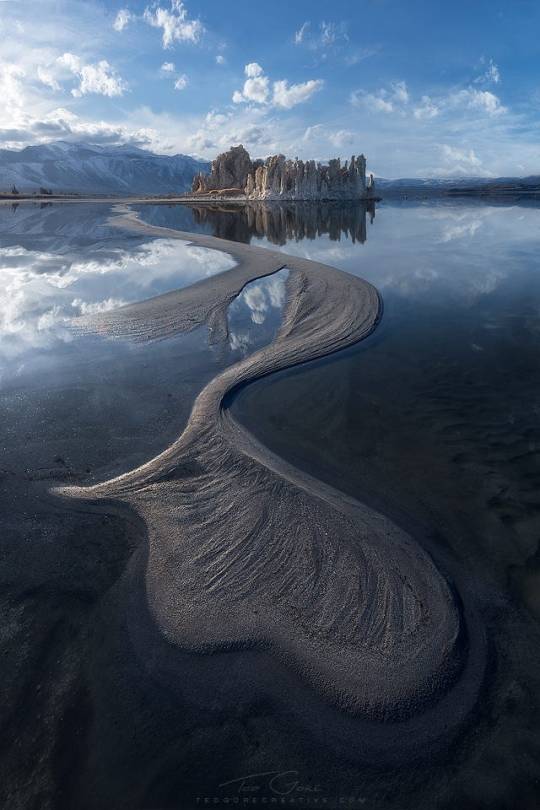
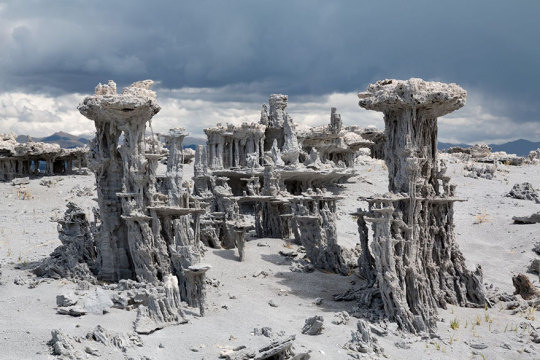
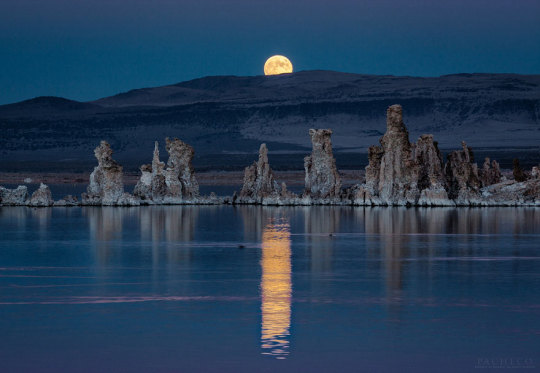

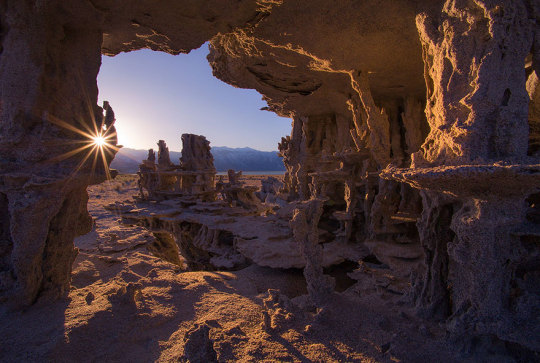
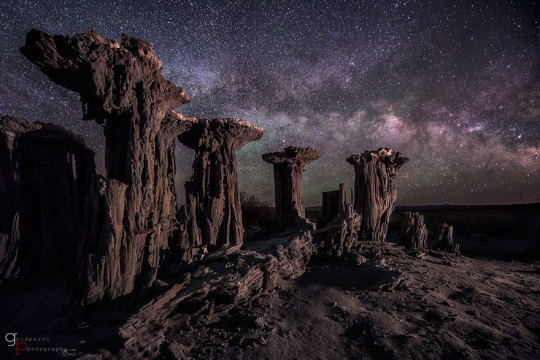
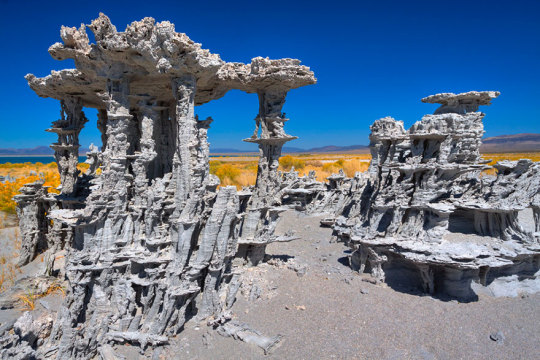
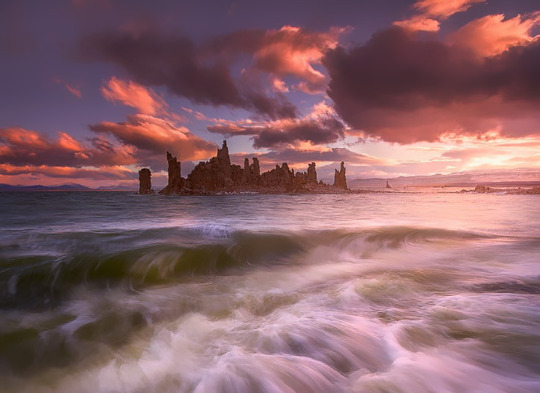
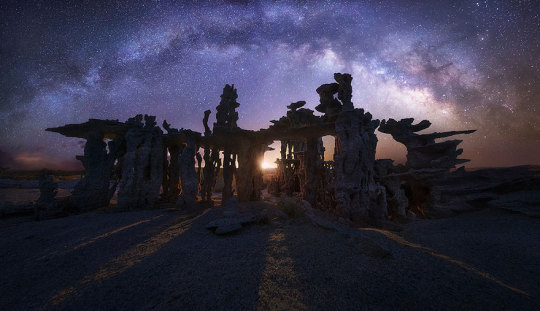
Sand Tufas
You could be forgiven for thinking that the otherworldly rock formations in these pictures come from another planet, or from a sci-fi movie perhaps. But they’re actually called sand tufas and they come from right here on earth.
A tufa is a peculiar form of calcium carbonate, and they’re created when calcium-bearing freshwater springs well up through alkaline lake water (which is rich in carbonates). The carbonate and calcium combine and, over centuries, these elements form unusual spires, towering columns, and strange cauliflower-shaped mounds which can reach heights of up to nine metres (30ft). Tufas can only form underwater, and they’re only exposed when lakes are drained or dry out over many years. Check out this collection of pictures compiled by Bored Panda to see these curious formations for yourself.
Via + image credits
25K notes
·
View notes
Photo








Arming Sword
Dated: 19th century
Medium: iron, steel, gold, bronze and silver, chiselled
Measurements: overall length 80.6 cm; width 4.7 cm; weight 1.17 kg
The sword is of modern make, made in the style of the Italian Renaissance. The pommel is flat and has shield-shaped in form, chiselled with Renaissance decoration enclosing an oval cartouche on either side of Justice and Fortitude in relief on a gilt ground. The shaped grip is chiselled en suite in low relief and enriched with punched spots (pointillé) filled in silver and gold.
The crossguard is curving towards the blade, decorated with masks, in the middle with garlands, and on the back with scale ornament. The double-edged blade has a single fuller (except at the forte, where there are three), and it is pierced and incised with C-scrolls. The form of this object is that of a rich Italian parade sword of the High Renaissance. The blade has been deeply pitted and, at one time, over-cleaned. The surface is now a dull laden colour suggesting the use of acid.
There is a cinquedea in the Musée de Cluny, Paris (Edouard de Beaumont Bequest), with a hilt of similar design; another is in the Louvre (Laking, figs. 655, 654). Compare also the beautiful sword of Cesare Borgia, which is preserved in the family of the Duke of Sermoneta (Prince Caetani); its scabbard of cuir bouilli is in the Victoria and Albert Museum (no. 101, 1869).
It is reproduced by de Beaumont (Fleur des Belles Epées), and in Laking, II, figs. 648-9, C. Blair, ‘Cesare Borgia’s sword-scabbard’, Victoria and Albert Museum Bulletin, II, pp. 125-36. There is another in the Lazaro-Galdiano Museum in Madrid, the hilt of which is open to doubt.
Source: Copyright © 2016 The Wallace Collection
1K notes
·
View notes
Photo

Albarrán Cabrera
The Mouth of Krishna
#360. Palladium print tea toned.
682 notes
·
View notes
Photo
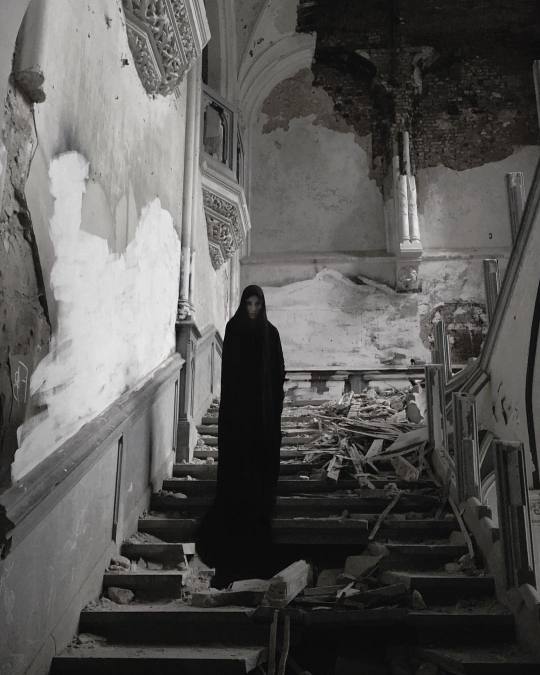
“Solifugid” {those who flee from the sun}, 2016.
© Nona Limmen Facebook / Instagram
2K notes
·
View notes
Photo







Merovingian Sword
Dated: 5th century A.D.
Provenance: Central Europe
Measurements: overall length 92.5cm
The sword has a straight, double-edged, iron blade with central groove. It features a wooden hilt with rectangular quillon roundish at the corners, small round pommel and oval grip thickening towards the quillon, both covered with silver wire binding and five bands of golden thread. The weapon was very likely decorated with polychrome enamels. The pommel has a disc-shaped, golden cap, having its border engraved with triangles, once probably enamelled too.
The shape of the hilt seems to belong to the transition Merovingian period between the 2nd type (Northern swords with decorated silver hilt dated around 300 A.D., found in Kragehul Mose, Denmark) and the 4th type swords (5th-7th Century, used by Germanic populations) described by Heribert Seitz in Blankwaffen I, page 90, n. 52.
Source: Copyright © 2016 Czerny’s International Auction House S.R.L.
928 notes
·
View notes













